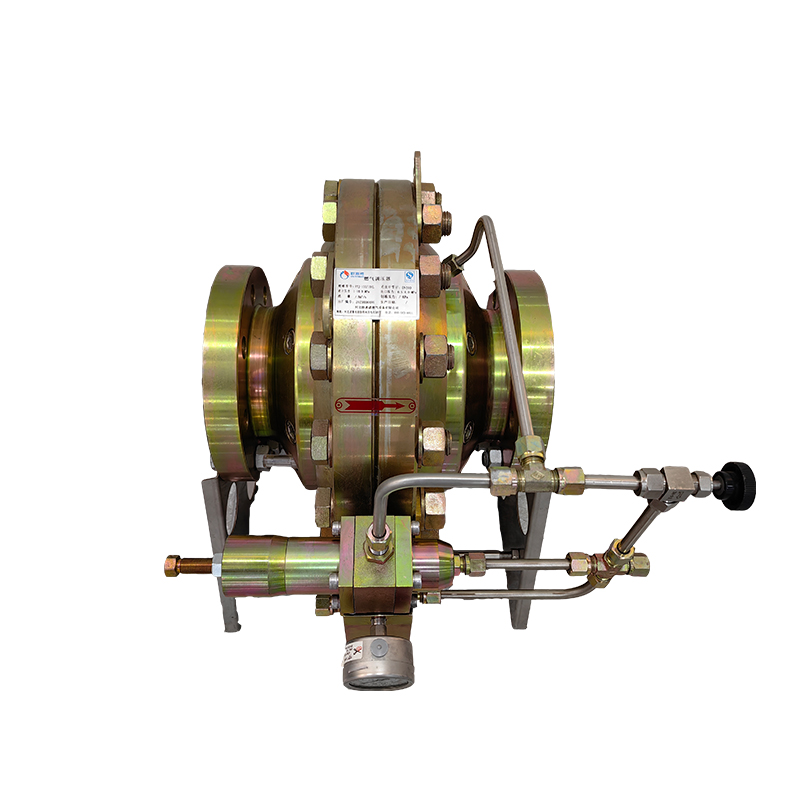
Dec . 04, 2024 16:57
Back to list
safety relief valve
Understanding Safety Relief Valves Essential Components for Industrial Safety
Safety relief valves (SRVs) play a crucial role in protecting systems from excessive pressure and ensuring safe operation in various industrial applications. These valves are designed to automatically release excess pressure from a system when it exceeds a predetermined limit, thus preventing potential explosions, equipment failures, and catastrophic incidents. As industries continue to evolve and expand, the importance of these safety devices cannot be overstated.
Functionality and Importance
The primary function of a safety relief valve is to maintain the pressure within a system at safe levels. When the internal pressure rises above a preset threshold, the valve opens automatically, allowing pressure to escape and thus preventing the system from exceeding its design limits. Once the pressure has been reduced to a safe level, the valve closes, ensuring that the system can continue to operate without interruption.
Industries such as oil and gas, chemical processing, pharmaceuticals, and power generation rely heavily on SRVs to safeguard their operations. For instance, in a chemical plant, the failure to discharge excess pressure could lead to chemical leaks, fires, or explosions. Therefore, the correct sizing, selection, and maintenance of these valves are essential for ensuring both operational efficiency and safety.
Types of Safety Relief Valves
There are several types of safety relief valves, each suited for specific applications
1. Conventional Safety Relief Valves These valves open when the set pressure is reached and close when the pressure drops below the set point. They are typically used in low-pressure applications.
2. Pilot-Operated Safety Relief Valves These valves utilize a control system that regulates the opening and closing based on the pressure, allowing for better accuracy and efficiency, especially in high-pressure systems.
3. Spring-Loaded Safety Relief Valves The most common type, they use a spring mechanism to hold the valve closed until the pressure exceeds the set point.
safety relief valve

Each type offers different advantages, and the choice depends on factors such as the nature of the fluid, the pressure levels, and the specific requirements of the application.
Regulatory Standards and Compliance
Given the critical role safety relief valves play in maintaining safety, they are subject to stringent regulations and standards imposed by organizations such as the American Society of Mechanical Engineers (ASME) and the American National Standards Institute (ANSI). These standards establish guidelines for the design, testing, and performance of SRVs to ensure reliability and safety.
Regular inspection and maintenance of safety relief valves are mandatory to ensure they function correctly when needed. This includes checking for corrosion, verifying set pressure settings, and performing functional tests. Neglecting these practices can lead to valve malfunction, which could have dire consequences.
The Future of Safety Relief Valves
As industries pursue greater efficiency and safer operations, the engineering of safety relief valves is evolving. Advances in materials, design technology, and automation are leading to the development of smarter SRVs equipped with sensors and diagnostics. These innovations allow for real-time monitoring of valve performance and can trigger alerts when maintenance is required, thus preventing failures before they occur.
Moreover, the growing focus on sustainability and environmental protection is driving the design of more efficient and eco-friendly safety relief valves. Manufacturers are increasingly exploring materials and designs that reduce emissions and enhance performance.
Conclusion
In conclusion, safety relief valves are indispensable components in ensuring the safety and reliability of industrial operations. Their ability to prevent dangerous pressure buildup makes them a vital part of any pressure management system. With ongoing advancements and adherence to regulatory standards, safety relief valves will continue to evolve, helping to maintain safe working environments and protecting both personnel and equipment from catastrophic failures. As industries grow more complex, the role of these valves becomes even more critical in the quest for safety and efficiency.
Next:
Latest news
-
Safety Valve Spring-Loaded Design Overpressure ProtectionNewsJul.25,2025
-
Precision Voltage Regulator AC5 Accuracy Grade PerformanceNewsJul.25,2025
-
Natural Gas Pressure Regulating Skid Industrial Pipeline ApplicationsNewsJul.25,2025
-
Natural Gas Filter Stainless Steel Mesh Element DesignNewsJul.25,2025
-
Gas Pressure Regulator Valve Direct-Acting Spring-Loaded DesignNewsJul.25,2025
-
Decompression Equipment Multi-Stage Heat Exchange System DesignNewsJul.25,2025

